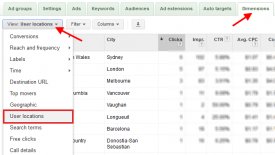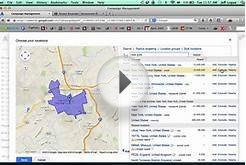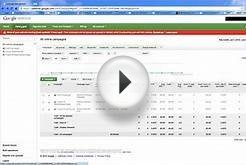This is Part 4 of our Google AdWords series by ex-Googler Anton McCarthy.
Are you an online store owner who has to manage a site with dozens, hundreds or perhaps even thousands of products? Managing your ads and keywords to reflect the availability of your products in stock takes a lot of time. Do you wish there were a quicker, easier way to manage your campaigns, freeing you up to spend less time on AdWords - and more time on your business?
Well, Google has a solution for you. Introducing: Dynamic Search Ads.
What Are Google Dynamic Search Ads?
Simply put, Dynamic Search Ads are ads that are automatically generated for you by Google. Unlike traditional Google AdWords ads which rely on you inputting lists of keywords, Dynamic Search Ads allow you to target users using the content on various pages of your website. This means that you don’t need to choose keywords that a user might use to find your product. Instead, Google automatically scans your website to determine which searches are a good match for the products on your website.When a customer’s search is relevant to one of your products, Google dynamically generates an ad headline that includes words from the customer’s search and the content of the landing page on your website. The result is a dynamic search ad. Here's an example:
Why Use Dynamic Search Ads?
Dynamic Search Ads are a great time-saver for busy ecommerce merchants. Let’s say that you have a large variety of products to advertise, and are finding it difficult to find the time to manage all of your AdWords campaigns. Instead of having to invest lots of time matching keywords to landing pages and creating corresponding ad text, you can let Google generate relevant ads which match the searches users are performing to find the products you sell.You also have full control in that you choose which pages on your website are to be used to generate ads. You can limit these pages to specific categories, e.g. your ‘Blue Widgets’ landing page, or you can choose all pages on your website. In addition, you can prevent ads from showing for products that are out of stock, reducing the need to monitor and then update your ads in such a manual fashion as before.












